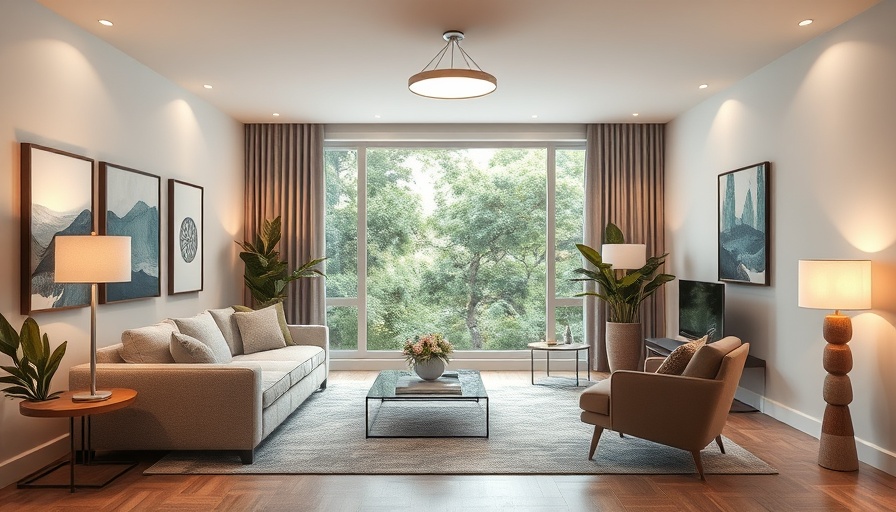
Understanding Light Sensitivity
When creating an inclusive lighting scheme, it’s important to recognize the myriad ways light sensitivity can impact individuals. Many people experience some level of discomfort due to light, ranging from mild annoyance to debilitating sensitivity. This is notably pronounced among those with neurodivergent conditions such as autism and ADHD.
Snoof Kattekop, a senior training associate at The Brain Charity, states, “Some neurodivergent people perceive minute flickering or noises from certain lamps,” which can create challenging environments where conventional lighting is used. As many as 600 different neurodivergent conditions exist, making the creation of a single solution for lighting impossible; thus, adaptability is key.
The Psychological and Physical Effects of Bad Lighting
Imagine being stuck under a bright fluorescent bulb that seems to flicker for hours on end. For those sensitive to light, this is more than just uncomfortable; it can trigger anxiety, headaches, and a sense of mental exhaustion. Proper lighting should not only provide illumination but also cater to the sensory needs of each individual, creating a sanctuary at home or work where one can relax and feel free.
Dr. Christa Belasco, a senior lighting designer, highlights the reality within such environments, noting that “individuals with certain neurological conditions can be particularly sensitive to the sub-visible flicker of direct lighting sources.” With this knowledge, guidelines for designing indoor spaces can be better informed, promoting inclusivity and comfort for neurodivergent individuals across various settings.
Best Practices for Inclusive Lighting
To create an inclusive lighting scheme, here are several effective strategies:
- Soft Indirect Lighting: Utilizing indirect light sources can significantly enhance comfort levels. This approach helps eliminate harsh glare and the flicker commonly found in direct lighting, making spaces more welcoming.
- Natural Light: Research has consistently shown that access to natural light is beneficial for mental well-being. By maximizing daylight with larger windows or skylights, spaces can feel more open and connected to nature.
- Layered Lighting: Incorporating multiple types of lighting layers—ambient, task, and accent—offers individuals greater control over their visual environment. This adaptability can create customized atmospheres for various activities or moods.
- Adjustable Lighting Controls: Giving occupants access to dimmers or color-changing lights enables them to tailor their environment according to their comfort levels.
- Minimizing Glare: Choosing fixtures designed to minimize glare can prevent discomfort and distractions caused by harsh lighting.
Why Inclusivity in Lighting Matter
The call for inclusivity in lighting schemes goes beyond merely meeting regulations; it can significantly improve quality of life for many. Spaces designed with neurodiversity in mind support everyone, ensuring that all individuals can feel safe and comfortable. As awareness grows about the diverse needs within our populations, lighting professionals are challenged to embrace innovation and thoughtful design in their work.
“Good lighting is crucial,” notes T-Word, one of the UK's leading lighting manufacturers. It can not only prevent incidents like tripping but enhance the therapeutic environment, which is essential in settings like schools and hospitals.
Next Steps for Homeowners
For homeowners or potential remodelers, considering these principles when planning spaces can create inclusive havens for family members with diverse needs. Whether it’s adjusting the color temperature or enhancing natural light integration, each small decision can lead to a transformative impact.
Conclusion: Create Your Soothing Sanctuary
With the right guidance and planning, creating a soothing and inclusive lighting scheme is within reach. Whether you're contemplating a new build or a remodel, every detail matters. Let us design, plan, and build your next home or remodel by calling 831-521-7729. Together, we can create spaces that are not only beautiful but also welcoming and inclusive for everyone involved.
 Add Row
Add Row  Add
Add 




Write A Comment